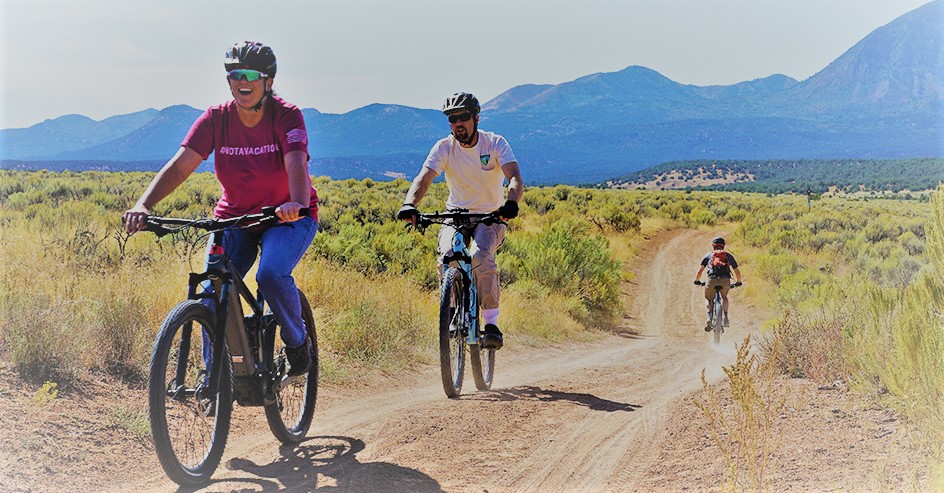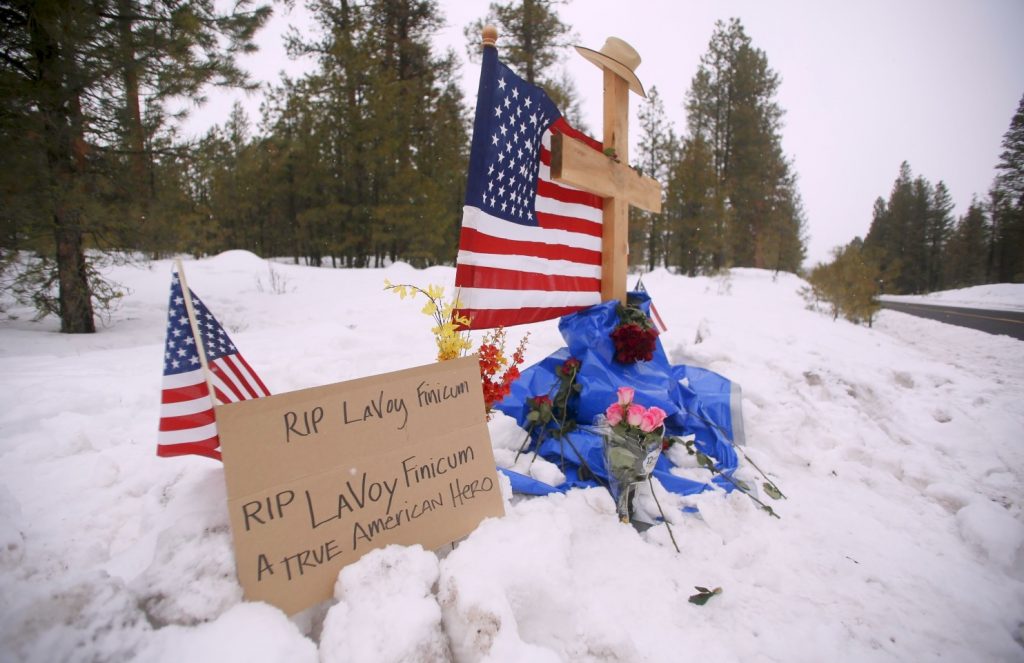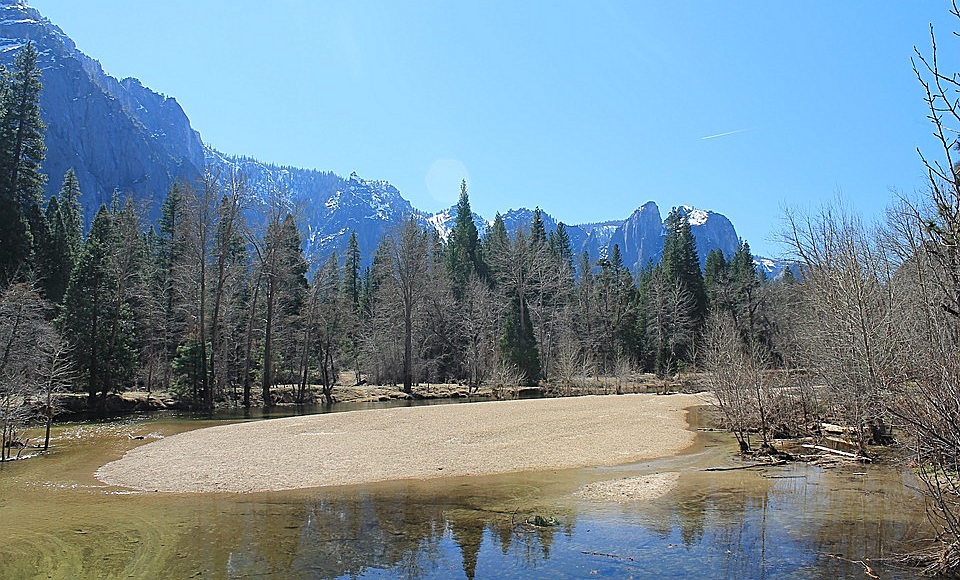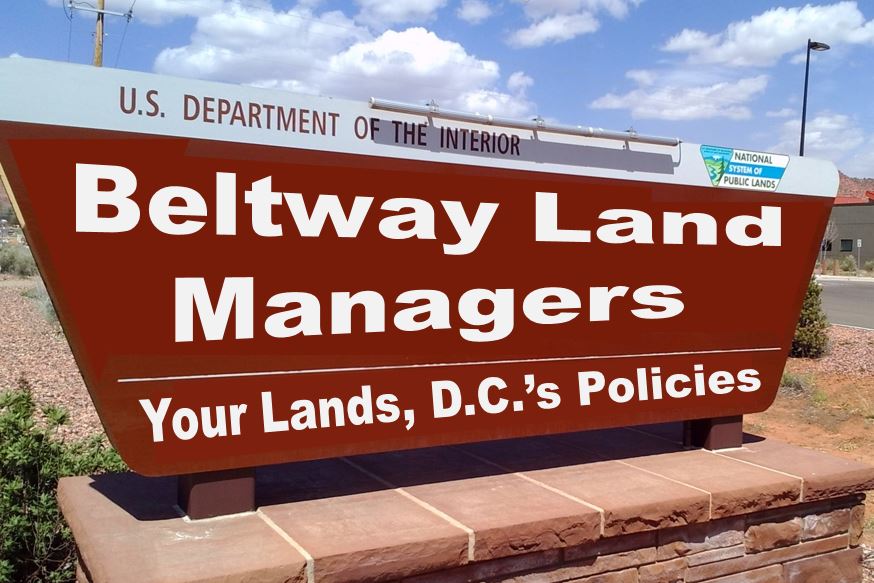E-bikes create opportunities for those of us — like me — who are chronologically challenged, as well as disabled veterans, families with younger children, or those who aren’t experienced technical mountain bikers. These pedal-assisted bikes especially benefit such users in steep terrain and at high altitudes, giving many more people a chance to explore places they might not be able to access on a traditional bicycle.
Deseret News Opinion
E-bikes make public lands more accessible
When my older son was a boy, he and I rode a tandem bicycle throughout Colorado. We cycled the Ride the Rockies Bicycle Tour from Cortez to Golden, a distance of more than 462 miles in seven days over four mountain passes. We rode the Triple Bypass from Bergen Park to Vail over Squaw, Loveland, and Vail passes, covering 96 miles and climbing 10,000 vertical feet. Finally, we rode from our town of Evergreen to the top of Mt. Evans, a 37-mile trip involving a nearly 8,000-foot climb on the highest paved road in North America.
Those days are mostly behind me — and my son is now a lieutenant colonel Marine Corps judge advocate with five young children of his own. But like millions of seasoned citizens, I still crave an active, healthy, outdoor lifestyle.
I want all Americans to be able to have those kinds of opportunities too, and the chance to create lifelong memories exploring and enjoying the great outdoors.
Secretary of the Interior David Bernhardt shares this vision. That’s why he signed a Secretary’s Order directing the Bureau of Land Management and other Interior bureaus to expand access on public lands to electronic bikes.
E-bikes create opportunities for those of us — like me — who are chronologically challenged, as well as disabled veterans, families with younger children, or those who aren’t experienced technical mountain bikers. These pedal-assisted bikes especially benefit such users in steep terrain and at high altitudes, giving many more people a chance to explore places they might not be able to access on a traditional bicycle.
For those unfamiliar with e-bikes, they have small, lightweight, ultra-quiet electric motors housed in the frames that resemble traditional bicycles and provide some extra power to help negotiate challenging climbs and terrain. They can be ridden on paved roads like traditional road bikes, or used on off-road trails accessible to mountain bikes.
We’re working hard to implement Secretary Bernhardt’s directive wherever possible on the 245 million acres of public lands managed by the BLM because we believe these lands are managed in trust for all citizens, and that people of every ability should be able to explore them to the greatest extent possible.
Continue reading Pendley’s opinion piece here
See the directive on e-bikes below
UNITED STATES DEPARTMENT OF THE INTERIOR
BUREAU OF LAND MANAGEMENT
WASHINGTON, D.C. 20240
http://www.blm.gov
October 22, 2019
In Reply Refer To:
8340 (250) P
EMS TRANSMISSION 10/22/2019
Information Bulletin No. 2020-003
To: All Field Office Officials
From: Deputy Director, Policy and Programs
Subject: Information on Secretary’s Order 3376 Increasing Recreational Opportunities through the use of Electric Bikes (SO 3376)
This Information Bulletin (IB) replaces IB 2015-060 Electronic Powered Bicycles on Public Lands and provides clarification and guidance regarding the management of low-speed electric bicycles, also known as e-bikes, across BLM-managed public lands.[1]
On August 29, 2019, the Secretary of the Interior issued Secretary’s Order 3376 to increase recreational opportunities for all Americans, especially those with physical limitations, by clarifying the regulatory status of e-bikes on Federal lands managed by the Department. As a matter of policy, low-speed electric bicycles, as defined by federal law and SO 3376, operated in the pedal assist mode should generally be given the same access as traditional bicycles.
As the BLM works to implement fully SO 3376, District or Field Managers should, as appropriate to address local situations, use the exclusion to the definition of off-road vehicle at 43 CFR 8340.0-5(a)(3) to authorize the use of Class I, II, and III e-bikes, as those terms are defined in section 4 of SO 3376, where other types of bicycles are allowed. In considering when and where to authorize the use of e-bikes, District or Field Managers should take into account the policy set forth in SO 3376 that the use of e-bikes in the pedal assist mode and traditional bicycles without an electric pedal assist should be treated generally in the same manner.
In the event that a District or Field Manager is considering denying the use of low-speed electric bicycles in a specific location, a written explanation must be submitted to and approved by the State Director.
Please refer to the attached Frequently Asked Questions for additional information when carrying out e-bike authorizations and application of SO 3376.
For public lands where Acts of Congress or Presidential Proclamations specify non-motorized uses, authorized officers should consult with the appropriate Regional Solicitor’s Office or contact Evan Glenn, BLM National Mountain Bike Subject Matter Expert, at eglenn@blm.gov, or Dave Jeppesen, Travel and Transportation Program Lead, Division of Recreation and Visitor Services, at d1jeppesen@blm.gov.
Signed by: Authenticated by:
William Perry Pendley Robert M. Williams
Deputy Director, Policy and Programs Division of Regulatory Affairs,WO-630
Free Range Report
Thank you for reading our latest report, but before you go…
Our loyalty is to the truth and to YOU, our readers!
We respect your reading experience, and have refrained from putting up a paywall and obnoxious advertisements, which means that we get by on small donations from people like you. We’re not asking for much, but any amount that you can give goes a long way to securing a better future for the people who make America great.
[paypal_donation_button]
For as little as $1 you can support Free Range Report, and it takes only a moment.




Keep E- bikes and all bikes out of our wilderness and sensitive areas.